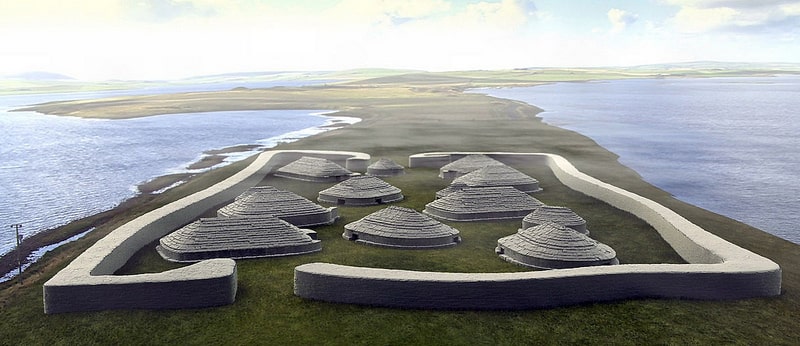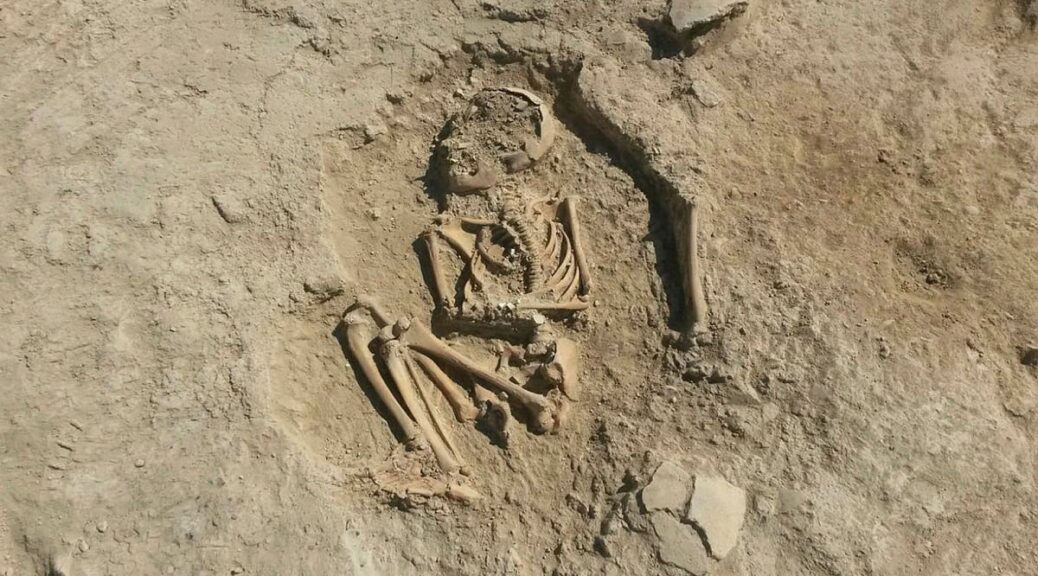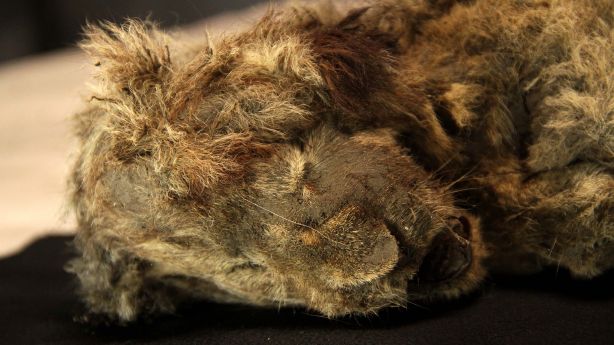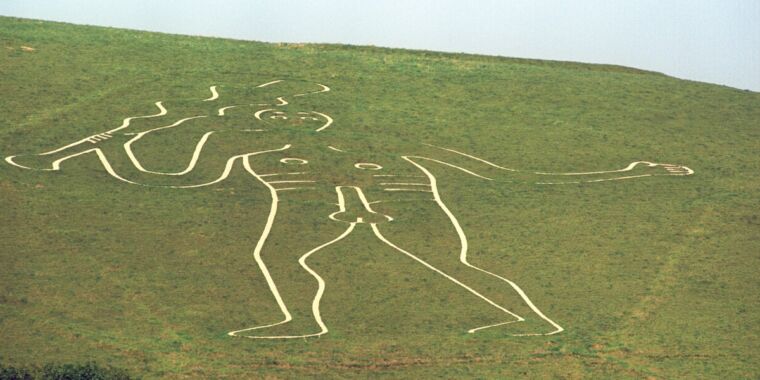Archaeologists make ‘astonishing’ discovery of 5,000-year-old piece of wood in Orkney
Archaeologists found the wood while excavating the Ness of Brodgar, home to a vast network of buildings, including a temple-style complex, that thrummed with activity during the Neolithic period.
Sigurd Towrie, of the University of Highlands and Islands Archaeology Institute, said it was the first time wood had been found on the site.
Mr Towrie said: “Over the years of excavation the Ness has produced so many surprises that some archaeologists thought we had exhausted all the possibilities. Not so.”
He said the “astonishing new discovery” of the wood was made at ‘structure 12’ on the site, a large rectangular building that is some 17-metres long.
The building was divided up inside by pillars to create a series of bays, alcoves and recesses which surrounded two large hearths.
Access to this was by three entrances, one that was flanked by a pair of standing stones that faced the burial chamber at Maeshowe, with the building likely a “stunning sight” in the immense Neolithic landscape of mainland Orkney.

Mr Towrie said the wood was found in a post hole and had survived probably due to its preservation under a tiny amount of water.
“Preservation of organic material is very rare,” he said.
“The post hole sat in a depression and we think some water had gathered. It creates anaerobic conditions, which slows down decay.”
While few trees stand on Orkney today, the islands were once rich in the woodland that disappeared over time due to rising sea levels.
Recent studies of the “woodlands under the waves” included analysis of remains of a forest, which had been pushed under the water at Bay of Ireland near Stromness, which has been dated to around 6,000-years-old.
“The earliest Neolithic settlements were made of wood and then they later switched to stone,” Mr Towrie said.
“The wood that we found is in very poor condition, but hopefully we will be able to tell what kind of wood it is and whether it was grown locally or imported.”
The Ness of Brodgar site covers around six acres between the Ring of Brodgar and the Stones of Stenness in the Heart of Neolithic Orkney World Heritage Site.
The earliest structures on the site were built around 3300 BC, with the site closed down and abandoned after around 1,000 years. The site was first excavated in 2003 with the summer excavations ending with Ness of Brodgar being covered up again for the winter.
Decorated stone slabs, thousands of sherds of pottery and a temple-style building are among key finds at Ness of Brodgar, an incredible site given its scale and central function to Neolithic life in Orkney.
Earlier this year, a potter’s fingerprint was discovered on a vessel made some 5,000 years ago, creating a “poignant connection” to the people who lived and visited here. Around 30 archaeologists are on the site this summer, with hundreds of visitors dropping by the site as work progresses.
Mr Towrie said: “On one day, we had 450 people here. It’s been great to be back on site again and to see so many people, and to still know that people really care about this place.”


























